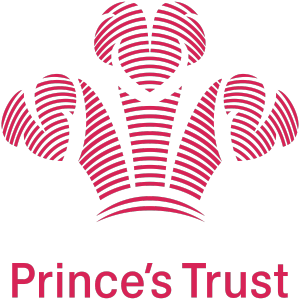
Webinar: How to attract young candidates
Did you miss our webinar on how to attract young candidates – millennials through to genZ? Here’s a re-cap…
This webinar was presented by Jemma Redden from Access Generation and Kelly Jackson from our sponsors Workvine.
Current recruitment challenges
During the webinar, we asked participants to tell us on a scale of 1 to 10, how much has recruitment become a challenge in the last 6-12 months. All the answers were 8 and above, which indicated that recruitment had become a challenge for employers across different industry sectors.
Before we revealed our top tips to attract young candidates, we wanted to highlight the recruitment challenges we kept hearing about when speaking to employers.
Brexit
Despite not being out the other side of Brexit and still in the dark as to what it will all mean for business, there are statistics that suggest the notion of Brexit is having an impact on recruitment.
Up to 35% of process or entry level roles are being fulfilled by EU workers.
Some industry sectors will be affected by this more than others such as the cleaning industry, hospitality and some public sector services too.
The latest labour market statistics suggest that in the first quarter of last year only 7,000 EU workers came to the UK, compared to 148,000 in the same quarter in the previous year.
So, it’s easy to see why Brexit is being blamed as a recruitment issue for some industries.
See our previous blog with all these statistics from CIPD and the labour market outlook report.
Full employment
The second recruitment challenge we hear about is that there’s a shortage of candidates because the recruitment market is tightening and competition for candidates is high.
However, not all of those in work have meaningful employment. It is made up of zero hour contracts, the gig economy and self-employment.
Despite the noise about full employment and low unemployment rates, there are still 788,000 young people aged 16-24 not in education, employment or training. Some of this population have reasons to be unemployed such as health or social issues, and the rest is a transient population of talent who have just left education and are waiting for their first opportunity of the world of work.
This offers a real opportunity for businesses who make themselves attractive to millennials, generation z and the next wave of digital natives.
Lack of skills
The third recruitment challenge is the perception of a lack of skilled labour. Employers who entered the latest East Midlands Chambers of Commerce survey blamed a lack of skills as the main reason they struggle to recruit.
This is something we challenge. To some degree there is a skills shortage but not to the extent being expressed. There are some industries creating jobs where the skills don’t match but this is a small number.
Our research found that two out of three businesses did not offer entry level roles that were accessible for inexperienced young people.
For example, an admin role would be out of reach for an inexperienced young person because the job description asked for industry-specific experience.
So, my question to business is, are you lacking skills or are you asking for experience? Because the two are very different.
Re-cap my interview on BBC Radio Leicester on this topic.
Lack of brand awareness
Our fourth and final recruitment challenge is a lack of brand awareness. Here are examples of what businesses have told us…
“Nobody knows who we are”
“Our industry is boring”
“Young people don’t want to work in our industry sector”
“Our brand is known nationally but not locally”
Top tips to attract young candidates – millennials through to genZ
Watch the recording of the webinar to get our top tips to attract young candidates.
More insights
We shared just a few of the insights we have on the topic of attracting young candidates during this webinar. To find out more then join us for a free training workshop on 22nd May. See our events page here for details.
Do you want support in attraction and recruitment strategies for your business? Get in touch today.















